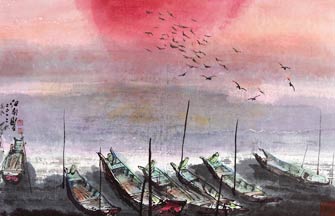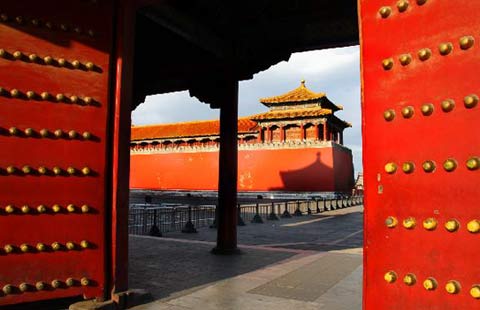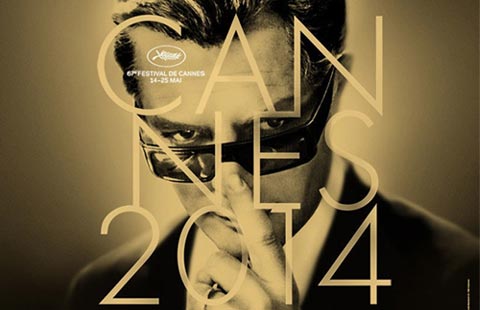The pencil that went into orbit
By Wang Ying ( Shanghai Star ) Updated: 2014-06-12 10:21:53
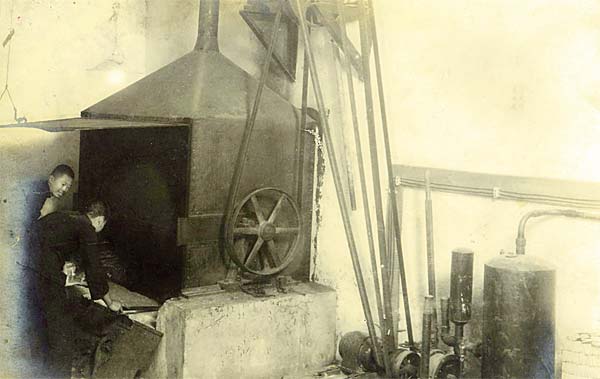 |
|
This photo traces the history of the Chunghwa pencil, from its humble beginnings in the 1930s. Photo provided to Shanghai Star |
Although new writing technologies have taken away some of the market share, Huang believes the pencil is more irreplaceable than the fountain pen, which has lost its sheen in modern life.
"It is erasable, so it is the perfect tool for drawing and writing, especially ideal for school-age kids who start to learn to write," Huang says.
The use of the pencil has a lot to do with writing habits. Taking the United States as an example, the world's most developed country is the world's largest consumer of pencils, he adds.
The rising consumption is another silver lining for the pencil manufacturing industry. Because of better purchasing ability, the pencil, which used to be regarded as something precious to be used only on special occasions in less-developed regions, has now become a common commodity.
But Huang is also anxious about the future of the industry. Almost all the raw materials that go into making the little pencil—clay, graphite and wood—are non-renewable resources.
In order to ensure long-lasting development of the industry, research is already underway at institutions and universities, to try to find new materials that can replace the current materials.
|
|
|
|
|
|
|
|


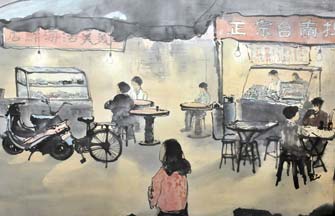


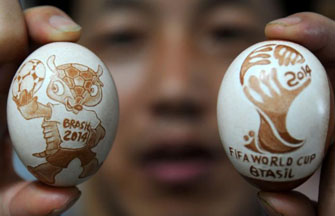


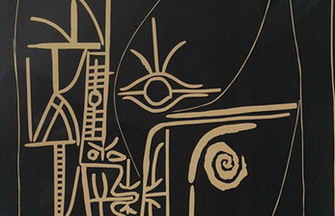

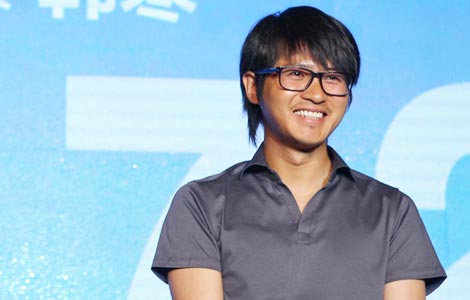
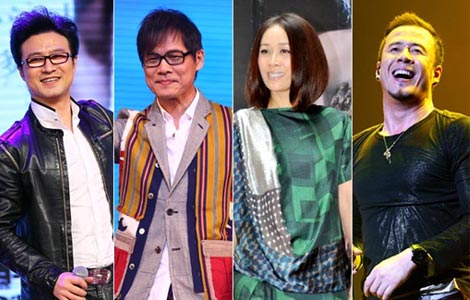


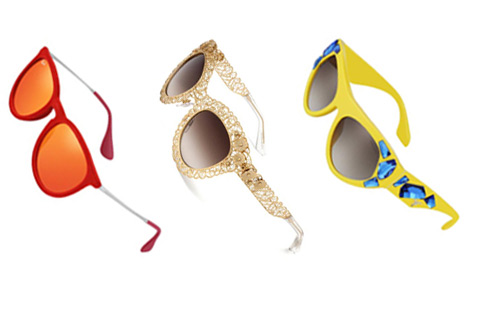










 Raymond Zhou:
Raymond Zhou: Pauline D Loh:
Pauline D Loh: Hot Pot
Hot Pot Eco China
Eco China China Dream
China Dream China Face
China Face


